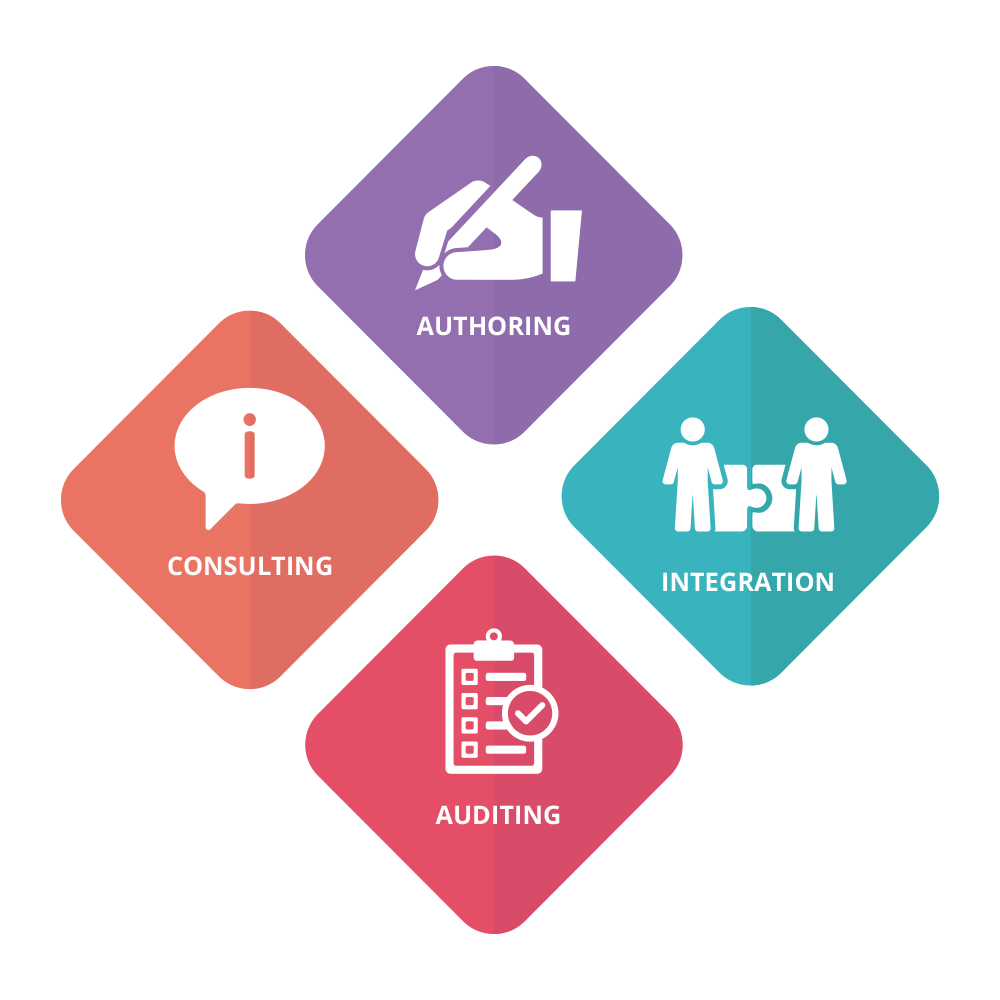Fall Protection Online Training
Any person working at elevations is required to be trained in fall protection safety.
Worksite Safety’s universal Fall Protection Certification program has been developed in accordance with federal and provincial legislations as safety training for workplaces across Canada (with the exception of Newfoundland).
This course consists of 12 chapters and a final exam. Once you pass your exam, you may print your certificates of completion (wallet & wall sized). Your training also includes a plastic wallet certificate. This card typically ships within one day using Canada Post regular mail.
Training may be paused or resumed at any time, is fully narrated, and includes interactive exercises to ensure understanding of course content. This training program is intended to be completed entirely online. Depending on your duties or workplace hazards, hands-on equipment training including donning/doffing a harness or site specific training such as identifying and using the anchor points present at your work site may be required. Please contact us for more information or to arrange supplementary on-site or hazard specific training.
Inquire About Supplementary / On-Site Training
*This certificate is valid for 3 years. Individuals or employers may use their best judgment to set their own expiration period.
| Average Duration: 4.5 Hours | |
| Printable Certificate Upon Completion | |
| Plastic, Digital, & Printable Certificate | |
| Unlimited Exam Attempts | |
| Standards Compliant | |
| Valid for 3 Years* | |
| Available in English or French | |
| Self-Paced. Available 24/7 | |
| Live Student Support | |
| Permanent Record of Training | |
| User Management Tools Available |
Course Outline
1. Rights And Obligations
The first chapter identifies the roles and obligations involved in safely working at heights including worker rights and how to exercise them, worker obligations to report hazards while working at heights, and restrictions on employers regarding firing or dismissing workers for exercising their rights. It also includes some helpful resources regarding worker rights.
2. Hazard Identification In Working At Heights
This chapter covers the hazards of working at heights, typical accidents and injuries related to working at heights, and the frequency, severity and consequences of injuries and fatalities from falls.
3. Eliminating Or Controlling Fall Hazards
This chapter explains the hierarchy of controls related to fall protection and how to use the hierarchy to take the appropriate safety precautions. It also covers fall protection plans and procedures and the limitations of personal protective equipment.
4. Warning Methods And Physical Barriers
The fourth chapter describes types of warning methods and physical barriers and their use, identifies the characteristics and appropriate use of permanent and temporary guardrails, and explains which precautions are necessary when relocating or removing guardrails.
5. Ladders And Similar Equipment
Chapter 5 covers situations when a ladder is appropriate to use and inappropriate to use, how to care for different types of ladders, some of their advantages and disadvantages, and what kind of ladder-specific training may be required.
6. Introduction To Personal Fall Protection Equipment
This chapter introduces learners to personal fall protection equipment including travel restraint systems, work positioning/fall restricting systems, and general fall arrest systems and when each might be required.
7. Barriers And Other Equipment
The seventh chapter covers barriers and other equipment such as bump lines, guardrails and safety nets. It identifies when their use is appropriate, the regulatory requirements surrounding them, and some limitations of these barriers.
8. Personal Fall Protection Equipment
Chapter 8 explains personal fall protection equipment and systems in more depth, and touches on a variety of serious concerns when a fall happens such as “bottoming out”, the pendulum effect, and suspension trauma. It also covers determining potential fall distance.
9. Equipment Use, Maintenance And Testing
This chapter describes steps to set up, use, maintain, inspect and properly store travel restraint and fall arrest equipment. The chapter also covers shock absorbers and the force required to deploy one, how to protect horizontal and vertical lifelines while in use, and the proper setup of a rope grab.
10. Anchor Points
Chapter 10 explains anchor points and their use and provides some examples of appropriate location selection. It covers permanent, temporary and existing structural anchors, details the importance of the manufacturer’s recommendations when installing anchors, and highlights when a professional engineer may be required to approve an anchor point.
11. Work Access Equipment And Platforms
Chapter 11 teaches the learner about the hierarchy of controls used to identify different types of equipment that may be available to more easily and safely perform work at heights. It also explains personal fall protection equipment needed to work at heights on work access equipment or work platforms and provides some examples.
12. Emergencies And Rescue Planning
The final chapter covers rescue planning, the purposes of a rescue plan, the components of a rescue plan, and the roles and obligations of employers, supervisors and workers in fall rescue plans and emergency procedures.
Bulk Discounts. Free Tools.
Depending on how many training credits you purchase, you may receive a discount. Once purchased, training credits may be used to assign training to users in your account or held for future use.
In addition to the training that you purchase, you will also have access to a number of free training management tools. These tools allow you to add and manage users in your account, distribute training courses, view training progress, print certificates, view records of training, and create customized certification reports to ensure your users are always in compliance.
Additional Services
We put our team of professionals to work to build solutions that improve results, save time, relieve your budget and keep your people safe. In addition to our training programs, we also provide Consulting Services, Train The Trainer Solutions, Course Authoring, and Integration services.



















